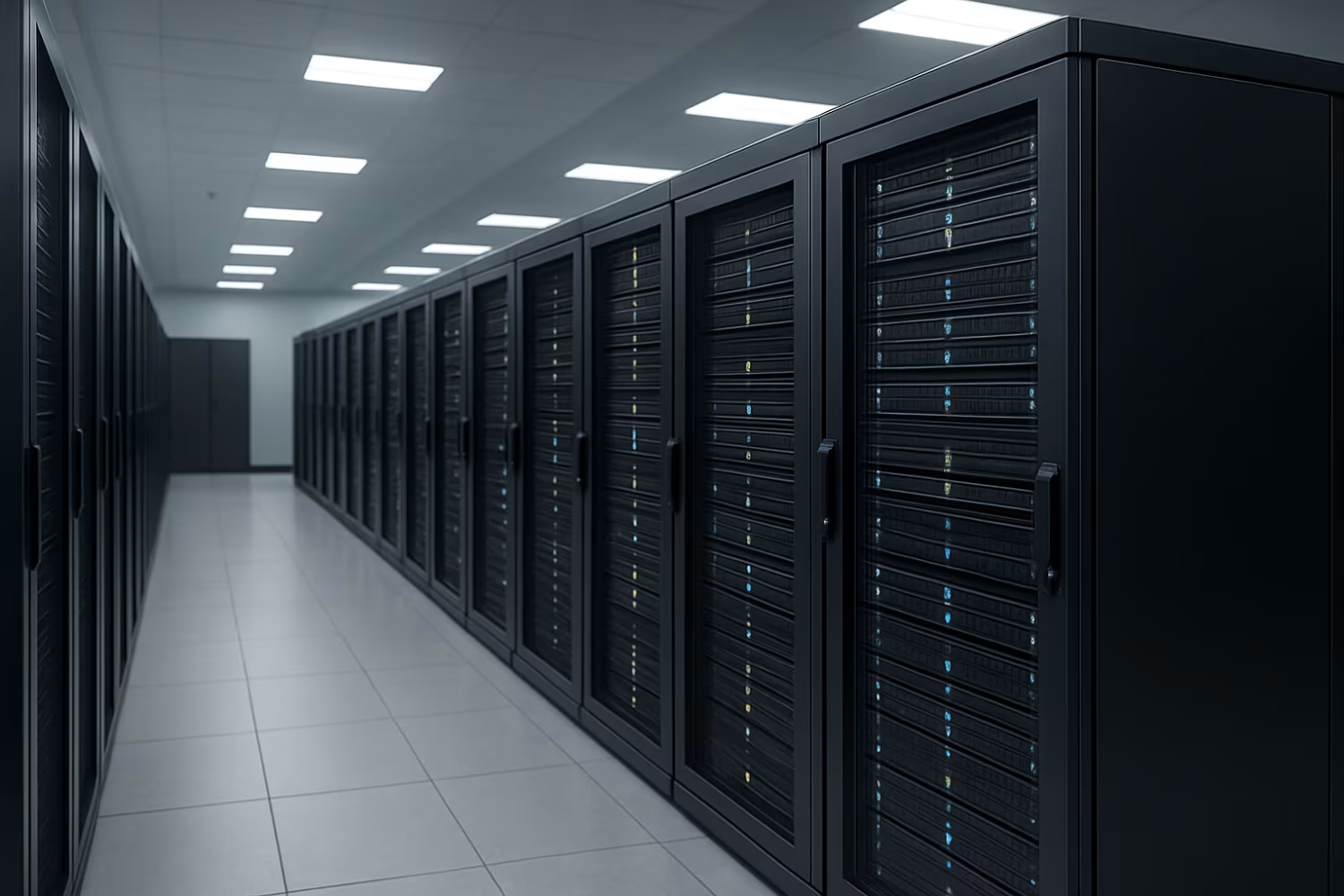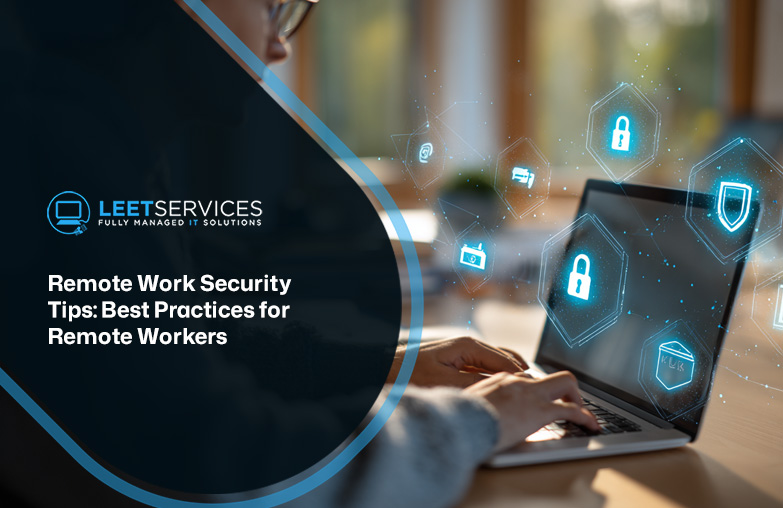What Is Virtualization? Benefits, Cloud, Servers & More
Virtualization is a core part of how modern IT systems run efficiently. Whether you're managing a growing business or scaling your infrastructure, understanding what is virtualization can help you make smarter decisions. In this blog, you'll learn the basics of virtualization, its benefits, different types, and how it connects to technologies like cloud computing and containerization. We'll also explore practical tips for implementation and common challenges to watch out for. Topics like operating system, virtual machine, desktop virtualization, storage virtualization, and network virtualization will also be covered.
Understanding what is virtualization
Virtualization is the process of creating a virtual version of something—like a server, storage device, or operating system—so it can run multiple tasks at once. Instead of relying on one physical machine for one task, virtualization allows you to split resources and use them more efficiently.
This is done through a software layer called a hypervisor, which separates physical hardware from the virtual environment. It lets you run multiple operating systems and applications on a single physical server. This setup reduces hardware costs, improves flexibility, and increases the reliability of your IT systems.

Key types of virtualization technologies to know
There are several ways to use virtualization depending on your business needs. Below are the most common types and how they work.
Type #1: Server virtualization
This is the most widely used form. It splits one physical server into multiple virtual servers. Each virtual server can run its own OS and applications, making it easier to manage workloads and reduce downtime.
Type #2: Desktop virtualization
This lets users access a desktop environment from any device. The desktop runs on a central server, not on the user's device. It’s useful for remote work and security.
Type #3: Storage virtualization
This combines multiple storage devices into one virtual storage pool. It helps with better data management and makes backup and recovery easier.
Type #4: Network virtualization
This creates a virtual version of a physical network. It allows for better traffic control, security, and easier network management.
Type #5: Application virtualization
This separates applications from the underlying OS. Apps can run in isolated environments, reducing conflicts and improving compatibility.
Type #6: Data virtualization
This allows data from different sources to be accessed in one place without moving it. It improves data access and speeds up reporting.
Type #7: OS-level virtualization
Also known as containerization, this runs multiple isolated user spaces on a single OS. It’s lightweight and ideal for deploying apps quickly.
Key benefits of using virtualization
Virtualization offers several advantages that can help your business run more smoothly:
- Lower hardware costs by running multiple systems on one physical machine
- Faster deployment of new servers and applications
- Easier backup, recovery, and disaster recovery planning
- Improved system performance through better resource allocation
- Enhanced security by isolating systems and applications
- Greater flexibility for remote work and BYOD policies

The role of virtualization in cloud computing
Virtualization is the foundation of cloud computing. It allows cloud providers to offer scalable and flexible services by running multiple virtual machines on shared physical hardware. Without virtualization, cloud computing wouldn't be possible at the scale we see today.
In cloud environments, virtualization provides the ability to allocate computing resources on demand. This means businesses can scale up or down based on their needs without investing in new physical infrastructure. It also supports high availability and disaster recovery by moving virtual machines between servers as needed.
How containerization compares to virtualization
While both virtualization and containerization aim to make better use of hardware, they work differently. Virtualization uses a hypervisor to run multiple operating systems on one machine. Containerization, on the other hand, runs multiple applications on the same OS using isolated containers.
Difference #1: Resource usage
Containers use fewer resources than virtual machines because they share the host OS. This makes them faster to start and more efficient.
Difference #2: Deployment speed
Containers can be deployed almost instantly, making them ideal for DevOps and continuous deployment environments.
Difference #3: Isolation level
Virtual machines offer stronger isolation since each has its own OS. Containers are more lightweight but may share some system components.
Difference #4: Use cases
Virtual machines are better for running multiple operating systems. Containers are better for deploying microservices and applications.
Difference #5: Compatibility
Containers often require Linux-based systems, though tools like Docker now support Microsoft Windows as well.
Difference #6: Management tools
Virtualization uses tools like VMware or Microsoft Hyper-V. Containers use platforms like Docker and Kubernetes.
Difference #7: Security concerns
Virtual machines are generally more secure due to stronger isolation. Containers need extra security measures to protect shared resources.

Planning your virtualization implementation
Before you start, assess your current infrastructure. Identify which systems can be virtualized and what your goals are—cost savings, flexibility, or improved performance. Make sure your physical hardware can support virtualization, especially in terms of CPU, memory, and storage.
Choose the right type of virtualization for your needs. For example, if you want to support remote workers, desktop virtualization may be the best choice. If you're moving to the cloud, focus on server or storage virtualization. Also, consider licensing requirements and compatibility with your existing systems.
Best practices for managing virtual environments
Managing virtual systems requires planning and regular maintenance. Here are some tips to keep things running smoothly:
- Monitor resource usage to avoid overloading physical servers
- Keep your software layer and guest operating systems updated
- Use strong access controls and encryption for virtualization security
- Regularly back up virtual machines and test recovery processes
- Document your virtual environment setup for easier troubleshooting
- Train your IT team on tools and best practices
Following these steps can help you avoid common issues and get the most from your virtualization investment.

How Leet Services can help with what is virtualization
Are you a business with 15–80 employees looking to improve your IT setup? Virtualization could be the key to cutting costs, boosting performance, and supporting remote work. If you're growing and need reliable systems without buying more hardware, it's time to explore your options.
At Leet Services, we help businesses like yours plan, implement, and manage virtualization solutions that fit your needs. Whether you're new to this or want to optimize your current setup, our team is here to guide you every step of the way.
Frequently asked questions
What are the main benefits of virtualization for small businesses?
Virtualization allows you to run multiple systems on one physical server, which saves money and space. It also improves uptime and makes it easier to manage your IT setup.
You can use virtualization to support multiple operating systems, such as Linux and Microsoft Windows, on the same hardware. This flexibility helps you adapt to changing business needs without buying new equipment.
How does containerization differ from traditional virtualization?
Containerization uses a shared operating system to run isolated applications, while traditional virtualization runs full virtual machines with separate OS instances. This makes containers faster and more efficient.
If you're deploying many small apps or microservices, containerization may be a better fit. It uses fewer computing resources and is easier to scale across multiple physical servers.
What type of virtualization is best for remote teams?
Desktop virtualization is ideal for remote teams. It lets users access a secure desktop environment from any device, improving flexibility and security.
This setup works well with cloud computing platforms and supports multiple operating systems. It also simplifies updates and reduces the risk of data loss on personal devices.
How does virtualization support cloud computing?
Virtualization provides the foundation for cloud computing by allowing multiple virtual machines to run on shared hardware. This makes cloud services scalable and cost-effective.
With virtualization, cloud providers can allocate computing resources more efficiently. It also supports high availability and quick recovery in case of hardware failure.
What are the different types of virtualization I should know?
There are several types, including server virtualization, desktop virtualization, storage virtualization, and network virtualization. Each serves a different purpose.
For example, server virtualization helps reduce hardware costs, while network virtualization improves traffic control. Knowing the right type for your business helps you get better results.
How can I improve virtualization security in my business?
Start by keeping your software layer and guest operating systems updated. Use strong access controls and monitor your virtual environment regularly.
Also, isolate critical systems and use encryption where needed. These steps help protect your physical hardware and virtual machines from threats.





.avif)
.avif)
.avif)


